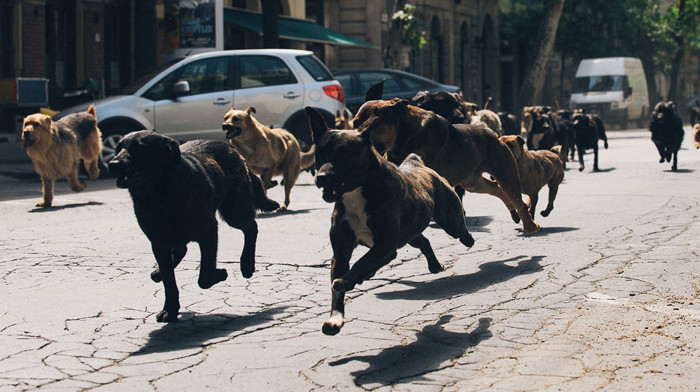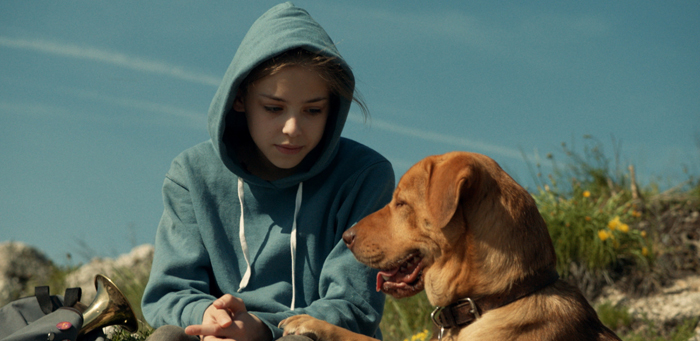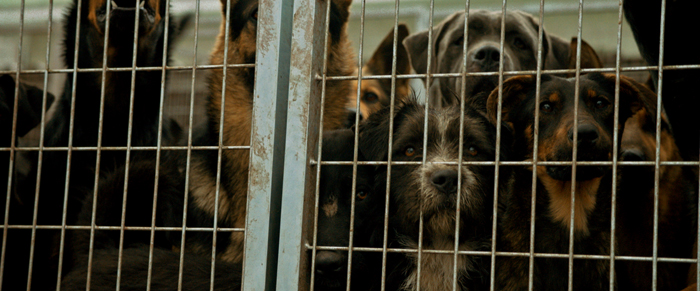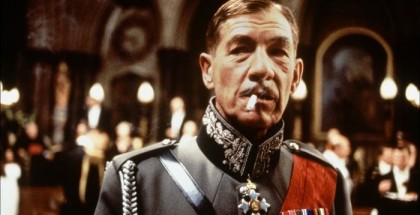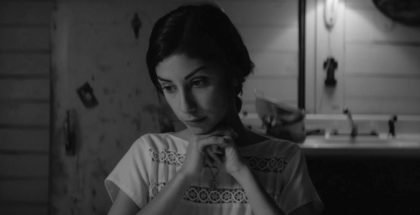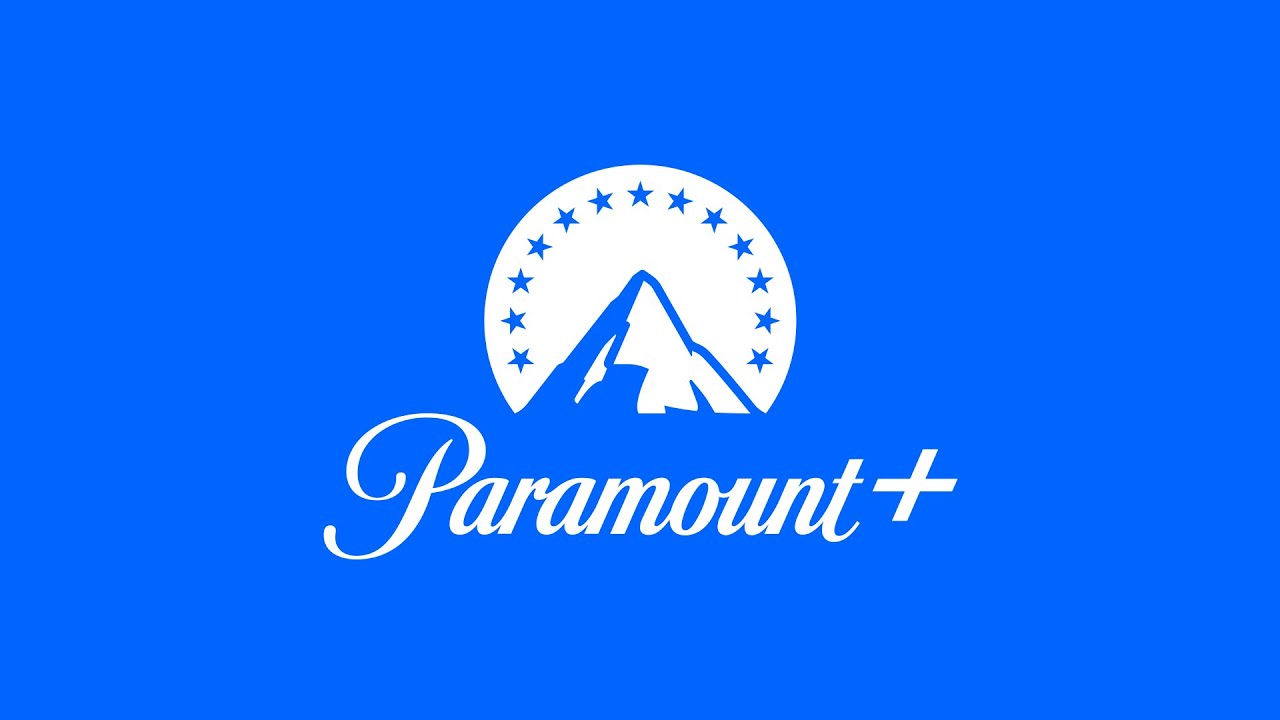Interview: Behind the scenes of White God with dog trainer Teresa Ann Miller
David Farnor | On 13, Aug 2015
White God is now on Netflix UK (read our review here). The film, which follows the relationship between a young girl (Lily) and her dog (Hagen) during a canine uprising in Budapest, is unlike any other film you’ve seen – and not just because of the fact that it involves 250 dogs running through the streets of the Hungarian capital.
With no CGI to bring the dogs to life, the film is a feat of training as much as art. To find out how on earth it all happened, we chased down Teresa Ann Miller, who cast and managed the dogs on screen, for a quick email chat…
So, 250 dogs. That’s a lot of dogs! Were you aware just how many animals would be involved in the film?
I was aware of the 250 dogs in the script, but never imagined it would be shot with real dogs. I assumed it would be done CGI.
We’ve read that you split the dogs between you and another trainer, so that you were looking after the ‘good’ dogs and they were looking after the bigger, running pack?
I was hired to cast and train the leading characters for the film, while Arpad Halasz the Hungarian trainer was hired to train and supply the pack. The work load and preparation time in Los Angeles would never have been enough for me and my trainers to do both. I admired the work they did, but was happy to work with my 9 dogs.
Let’s go back a bit. Have you always loved dogs? Did you have a dog as a pet when you were younger?
I grew up with dogs and other animals in our household. My father Karl Lewis Miller was an animal trainer for 40 years for films like K-9, Beethoven, Cujo, and the pig Babe.
Have you ever been scared by, or even bitten by, a dog?
A dog has bitten me once and it was a dog that belonged to a family friend. A Chihuahua mix. I’ve never really been scared, per se, I respect animals and their abilities.
We’re so used to seeing things from our perspective, it’s not often we tend to see things from a dog’s POV. In White God, there’s a real sense of Hagen as a character. How was the casting of Body and Luke to play Hagen?
It took about 2.5 months to cast a dog that would stand out in a pack of 250 dogs. And that dog needed to have a photo double due to the large amount of work his character had. [It was important that] the dog was good with children. The other character traits could be trained.
How hard was it to get the chemistry between Zsófia Psotta (who played Lili) and Luke/Body? And, for that matter, Hagen and the other dogs?
It was very important the dog and Lilli had a great relationship. We met with Zsofia for 2 weeks and we filmed some test scenes together so she could get a feel for how I communicate with the dogs. Keep in mind, I talk to the dog throughout the filming and she really had to pretend I wasn’t there. It’s very difficult for an adult to work in that situation. She managed it like a pro and this was her first film.
Hagen had also 2 weeks to work with some of the pack dogs: we needed to be sure that each dog followed their individual trainer’s cues and that they weren’t distracted by the other dogs.
With Hagen’s scenes on his own, there’s no voice over of the dog’s “speaking”. How difficult is it to get the dogs to “act”?
The training that I do with my animals is a specialty. We train dogs to appear untrained. The most important part of this specialty is being able to manipulate the dogs reactions from happy to sad to angry, etc. In short, the dog is mirroring my tones and body languages. If I cue him slow and concentrated in a very non-enthuastic manner he will give me a very subdued performance. If I kick it up a notch and tell him happily and with excitement what I want him to do, his reaction will be very playful and happy.
It’s hard to believe that there was no CGI used in the film – but that physical reality makes such an impact. Were there bloopers from the final scene with all the dogs?
That is the one circumstance where visual effects were used. There was a “plate” that we filmed with 4 groups of 50 dogs. Not that 50 is easy! It took months of training to get each dog to resist responding, if another got up or scratched, or stretched out. In the beginning, it was like a party. If one moved, they all thought they could go. In general, they learned in small groups and when they really understood, stay down until you’re released, that’s when they would get put into the larger group.
The scenes running through the streets are stunning. The concert hall ones are even more striking. How much fun (or how challenging) was it to film in such locations on such a big scale?
The great part about filming out in public, on the streets, the bridge, concert house, etc., is that all of those locations were closed down just for filming. Any cars, people or action that took place was all cast and crew members which made the action predictable and safe.
The fighting scenes, in particular, are really quite harrowing: what are they like for the dogs when filming? Are they just play fighting?
We trained the 2 dogs for the ”dog fight” for 8 weeks. Every day, the 2 dogs would have a play date or two. They became great friends and really looked forward to their wrestling matches. One of the challenges was that Bernard, the Rottweiler, loved to scratch his back so as soon as Luke would grab his leg he would roll over and start scratching which gave Luke the upper hand! The poor director would say: “Its too soon for Bernard to die. He has to wrestle longer before dying.” Because the dogs would lose interest after a bit, we actually filmed that scene in 5 days of short play sessions to get the necessary material.
It’s also great to see a film that voices such a strong anti-animal cruelty message. Is it rewarding to make a movie that can have the potential to encourage people to maybe support their local shelters or consider taking in an animal?
Yes it is, I’ve always been a big promoter of rescuing dogs.
In case anyone reading is thinking, “Hey, I like the sound of that”, how did you get into animal training for films?
I grew up in the Industry, My father was the trainer of Cujo, Beethoven and the Pig Babe. I learned from the best. My brother is also an industry trainer / supplier and specialises in Reptiles, insects and other wildlife. Try contacting an animal supplier and if you have the ability to volunteer to learn, you may be able to get some experience with them. It’s a demanding job that includes a lot of hard work. Not just the glamour of working in films.
Finally, what’s your favourite dog film? (Apart from White God, of course.)
I would have to say that Cujo is one of the most difficult dog films ever made and probably my favourite. Both because of the breed that was portraying Cujo and also because of range of acting that the dog had to portray. St. Bernards are a challenge to motivate in general, not to mention the stunts involved. I am a fan!
White God is available to watch online on Amazon Prime Video as part of a Prime membership or a £5.99 monthly subscription.


